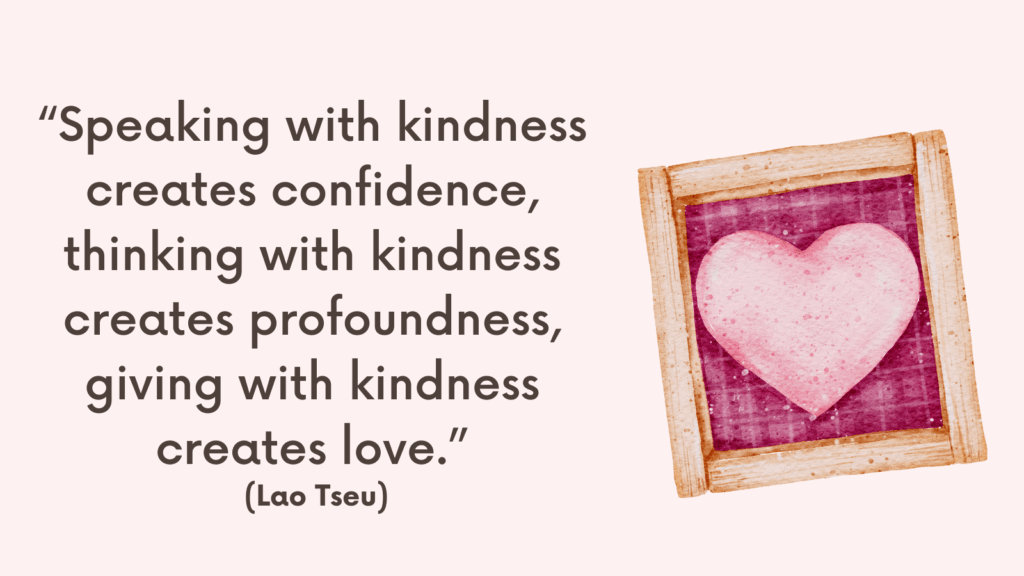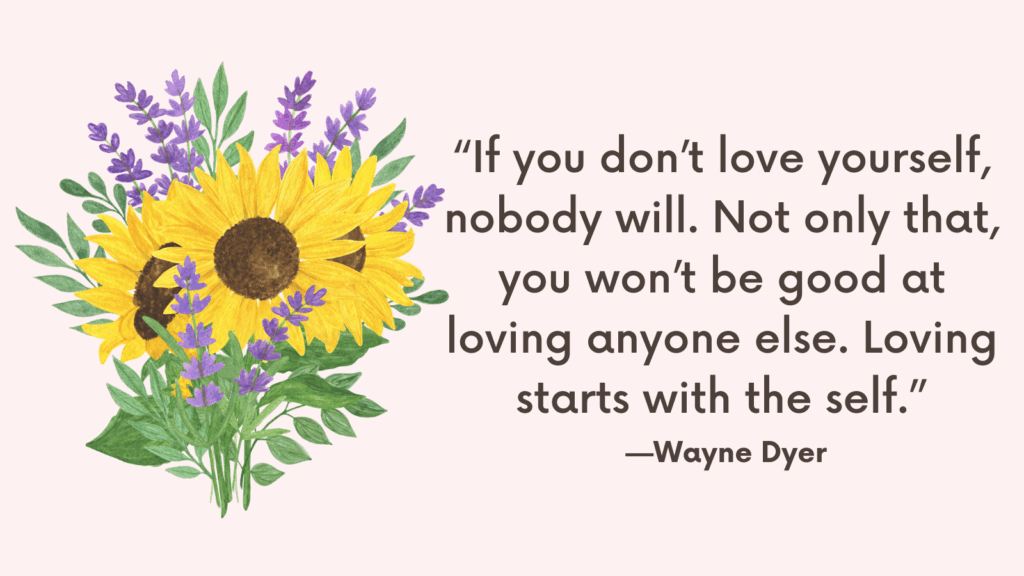In this post, you’re going to learn how to respond when someone is being vulnerable.
What Vulnerability Means
Vulnerability is often misunderstood as weakness, but in truth, it’s one of the deepest forms of strength. It means showing up authentically — allowing yourself to be seen, known, and emotionally open, even when there’s a risk of rejection or hurt. Vulnerability creates the foundation for real connection, growth, and courage.
1. Being Honest About Your Feelings
Vulnerability means sharing your true emotions — joy, sadness, fear, love — instead of pretending to be fine or putting up a tough front.
2. Allowing Yourself to Be Seen Fully
It involves letting others see both your strengths and your imperfections, without hiding or shrinking to fit in or avoid judgment.
3. Taking Emotional Risks
Vulnerability means putting yourself out there — expressing affection, asking for help, or admitting uncertainty — even though you can’t control the outcome.
4. Owning Your Mistakes and Shortcomings
It’s the courage to acknowledge when you’ve been wrong, hurt someone, or fallen short, without hiding behind pride or defensiveness.
5. Asking for What You Need
Vulnerability involves recognizing and expressing your needs — emotional, relational, or practical — instead of suffering in silence or hoping others will just know.
6. Receiving Love and Support
Letting yourself be cared for, comforted, or appreciated without pushing it away or pretending you don’t need it is a powerful act of vulnerability.
7. Staying Open During Conflict
Instead of shutting down or attacking when hurt, vulnerability means staying present, expressing your feelings honestly, and listening with an open heart.
8. Creating Deeper, More Authentic Connections
By being vulnerable, you invite others to meet you at a deeper level, building trust and closeness that surface-level interactions can’t provide.
9. Allowing Room for Uncertainty
Vulnerability means accepting that you can’t control everything — and still showing up, even when outcomes are uncertain or you risk failure.
10. Recognizing That Vulnerability Is Strength
It takes far more courage to be open, authentic, and emotionally honest than to hide behind masks of perfection or control.
Vulnerability is not about oversharing or exposing yourself recklessly — it’s about showing up as your real, human self. When practiced wisely, it becomes the key to deeper relationships, inner strength, and true emotional freedom.
How to Respond When Someone Is Being Vulnerable?
When someone opens up and shares their vulnerability with you, it is a special moment of trust and emotional intimacy.
How you respond in these situations can greatly impact the person’s sense of safety and connection.
Here are some suggestions for responding effectively when someone is being vulnerable:
1. Create a Safe and Non-Judgmental Space
Listen attentively and without interruption, allowing the person to express themselves fully.
Maintain eye contact and use affirmative body language to convey your presence and support.
Ensure privacy, if possible, to protect their confidentiality and encourage openness.
2. Validate Their Feelings and Experiences
Acknowledge and normalize their emotions, reassuring them that it is okay to feel the way they do.
Reflect back their feelings and experiences to show understanding and empathy.
Avoid minimizing or dismissing their emotions, as this can invalidate their vulnerability.
Here are some statements you can use to validate someone’s feelings:
- “I can understand why you feel that way.”
- “It makes sense that you’re feeling [insert emotion] given the circumstances.”
- “It must be challenging for you to experience such intense emotions.”
- “You have every right to feel the way you do.”
- “I understand that this situation has had a significant impact on you, and it’s okay to feel the way you do.”
Related: How To Validate Someone’s Feelings Without Agreeing? (+Examples of Validating Statements)
3. Offer Active and Reflective Listening
Be fully present in the conversation, demonstrating your genuine interest.
Use verbal and non-verbal cues to show that you are actively engaged in what they are sharing.
Summarize or repeat the speaker’s main points in your own words. This demonstrates that you are actively listening and understanding their perspective.
Acknowledge and validate the speaker’s emotions by reflecting them back. For example, say something like, “It sounds like you’re feeling really frustrated,” or “I can sense that you’re feeling hurt.”
Refrain from making assumptions or passing judgment on the speaker’s thoughts or emotions. Keep your focus solely on understanding their perspective.
Seek clarification when needed by asking open-ended questions. This shows that you are genuinely interested and encourages the person to elaborate further.
4. Respond with Empathy and Compassion
Express empathy by putting yourself in their shoes and trying to understand their perspective.
Avoid offering unsolicited advice or jumping to problem-solving mode. Instead, focus on empathetic listening.
Show compassion by offering words of kindness and reassurance.
Related: Top 23 Toxic Positivity Quotes (+FREE Validating Statements Worksheet)
5. Encourage Further Exploration
Ask open-ended questions to encourage the person to delve deeper into their thoughts and feelings.
Avoid prying or pushing for more information if they seem uncomfortable sharing further.
Respect their boundaries and allow them to determine how much they want to share.
6. Maintain Confidentiality
Ensure that whatever is shared remains confidential unless there are legal or safety concerns.
Assure the person that their vulnerability will be treated with utmost respect and discretion.
Reiterate your commitment to maintaining their trust and confidentiality.
Related: Best 10 Books On Validation
7. Avoid Judgment and Criticism
Refrain from criticizing or blaming them, as it may worsen their vulnerability and inhibit open communication.
Remember that vulnerability is a brave act, and it takes courage to share personal struggles.
Foster an environment of acceptance and understanding, free from judgment or condemnation.
8. Respect Their Autonomy
Avoid trying to “fix” their problems or imposing your own solutions.
Respect their autonomy and allow them to choose their own path and decisions.
Offer support and guidance only if they explicitly request it.
9. Follow Up and Check-In
After the initial conversation, follow up to show ongoing support and care.
Check in periodically to see how they are doing and if they need any additional support.
Demonstrate that their vulnerability is not forgotten and that you genuinely care about their well-being.
Related: 4 Essential Keys To Effective Communication

What Not to Do When Someone Is Being Vulnerable?
When someone opens up and shows vulnerability, it’s a delicate moment that calls for care, respect, and presence. Unfortunately, even well-meaning people can unintentionally respond in ways that shut down connection or cause harm. Knowing what not to do helps you become a safer, more supportive person in these moments.
1. Don’t Minimize or Dismiss Their Feelings
Avoid saying things like “It’s not that bad” or “You’re overreacting.” These responses make the person feel small or invalidated, even if you’re trying to be reassuring.
2. Don’t Rush to Fix or Solve
Jumping into problem-solving mode can make them feel like their emotions are a problem to be eliminated rather than something to be understood. Sometimes they just need you to listen.
3. Don’t Make It About Yourself
Avoid shifting the focus to your own experiences or emotions, especially with phrases like “That reminds me of when I…” Let their moment stay centered on them.
4. Don’t Judge or Criticize
Offering judgments like “You shouldn’t feel that way” or “Why would you do that?” can deepen their shame or make them regret opening up in the first place.
5. Don’t Offer Unsolicited Advice
Unless they explicitly ask for advice, resist the urge to offer it. Unasked advice can come across as dismissive or controlling, even when it’s well-intentioned.
6. Don’t Invalidate With Positivity
Statements like “Look on the bright side” or “At least it’s not worse” can feel dismissive and make them feel like their pain isn’t being taken seriously.
7. Don’t Break Their Trust
If they share something vulnerable, respect their privacy. Sharing their story with others without permission can deeply damage trust.
8. Don’t Get Uncomfortable and Change the Subject
Discomfort might tempt you to shift the conversation away, but doing so can make them feel rejected or unseen. Stay present, even if you don’t know exactly what to say.
9. Don’t Use Humor to Deflect
Joking or laughing off their vulnerability can feel like a dismissal of their pain. Hold space for seriousness when the moment calls for it.
10. Don’t Punish or Weaponize What They Share
Never use someone’s vulnerable admissions later as ammunition in conflicts or gossip. Vulnerability deserves protection, not exploitation.
Conclusion
Remember, each person and situation is unique, so these suggestions may need to be adjusted based on individual preferences and needs.
The key is to approach vulnerability with sensitivity, compassion, and respect, creating a safe space for the other person to feel heard, understood, and supported.



